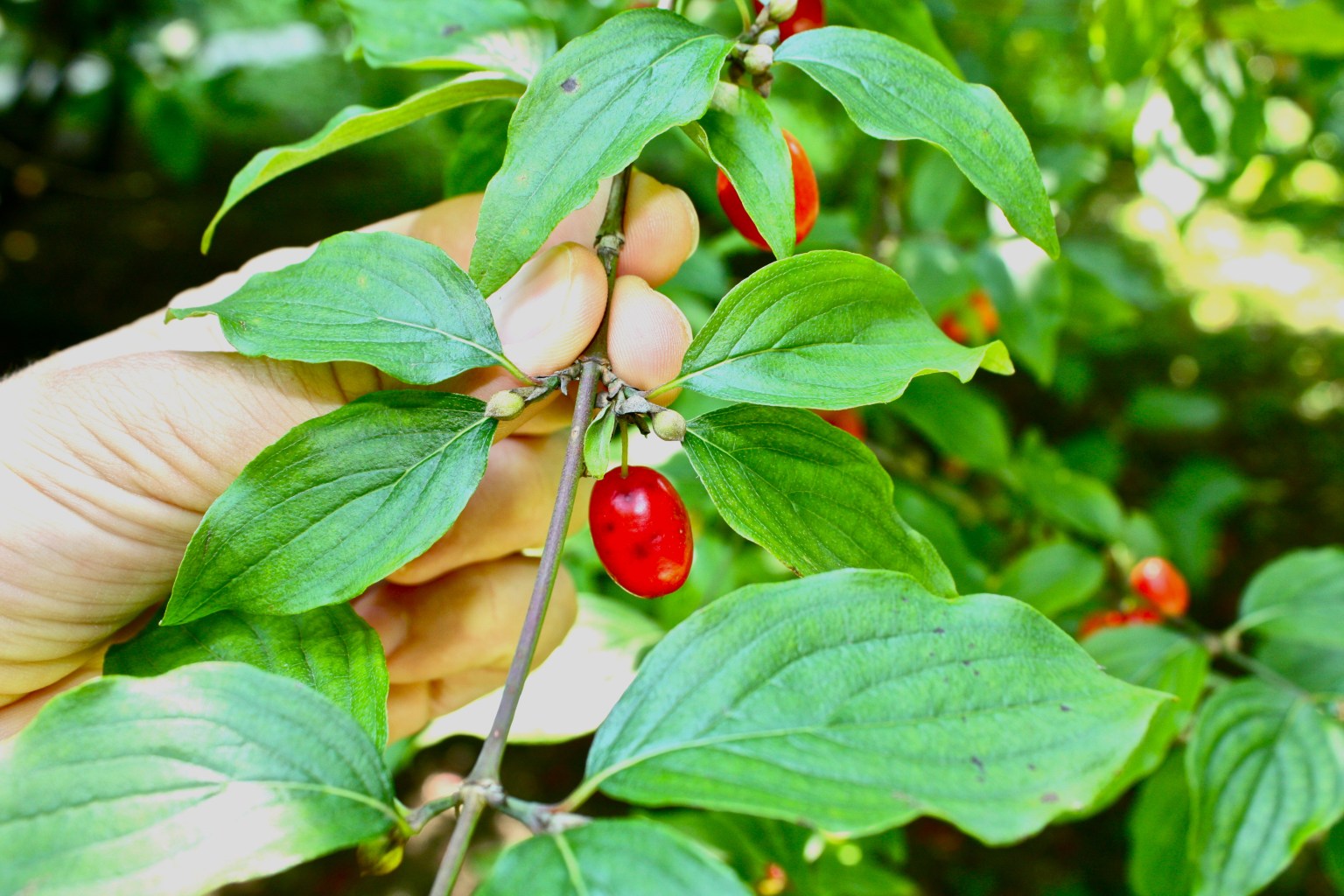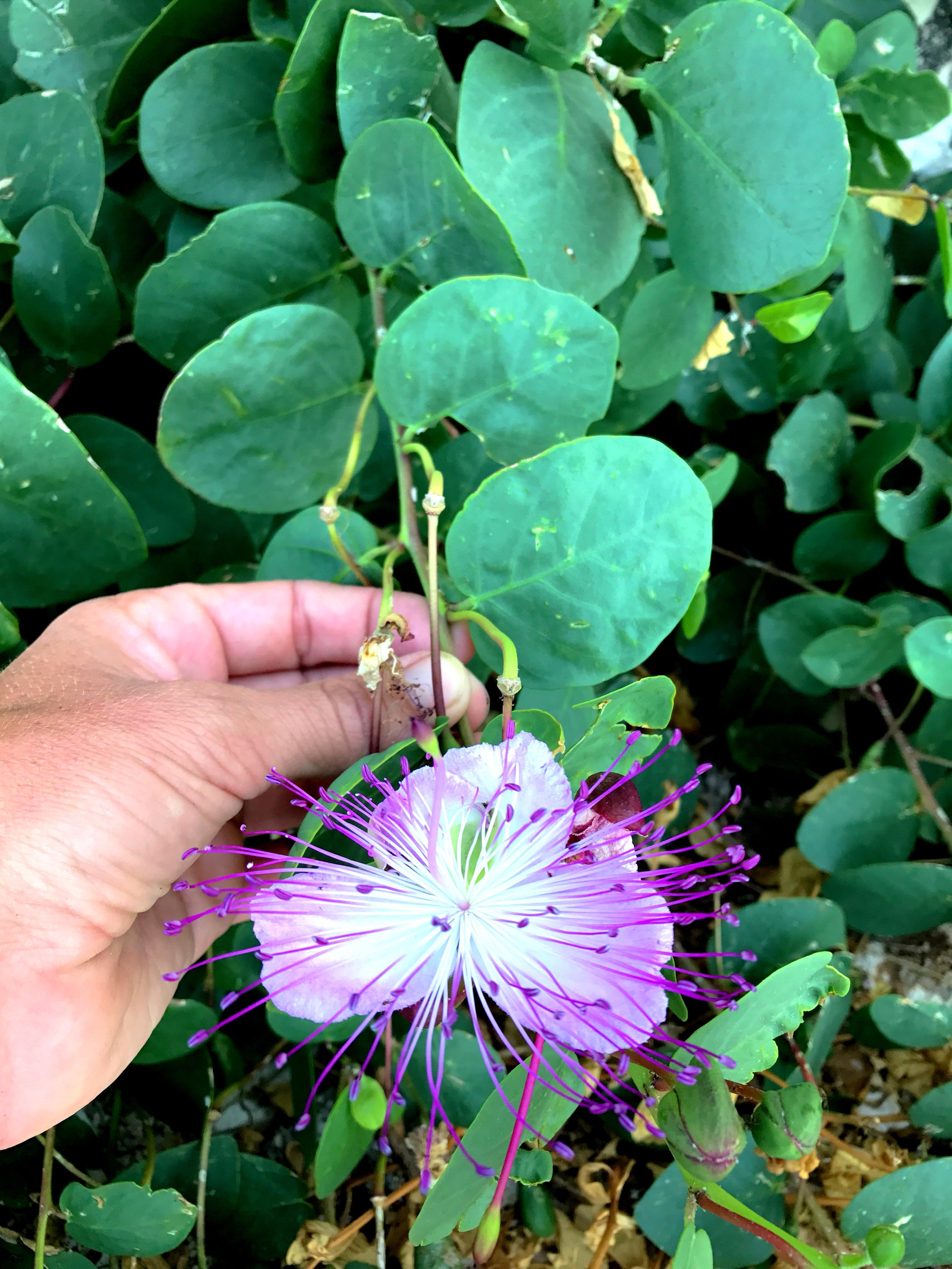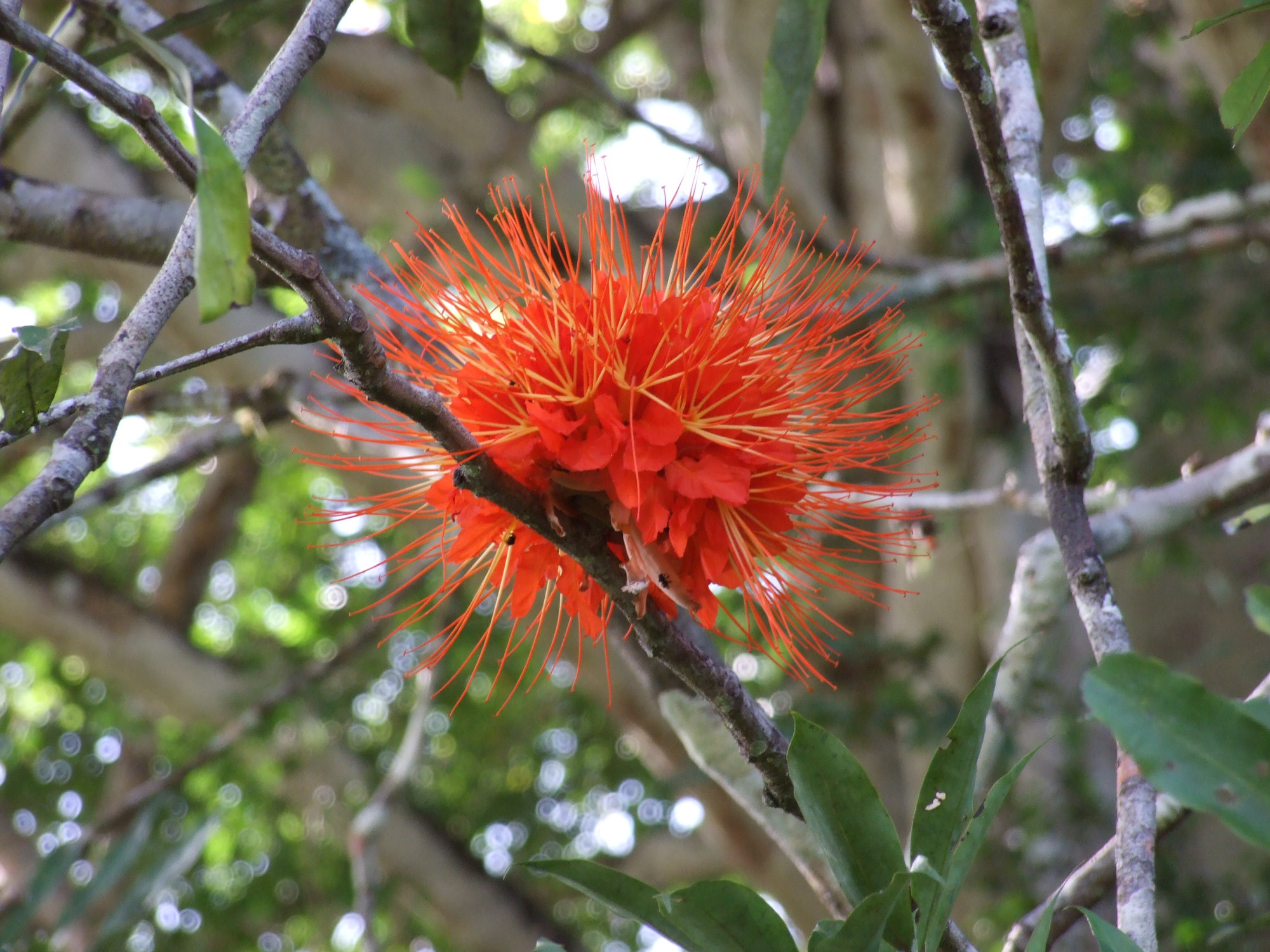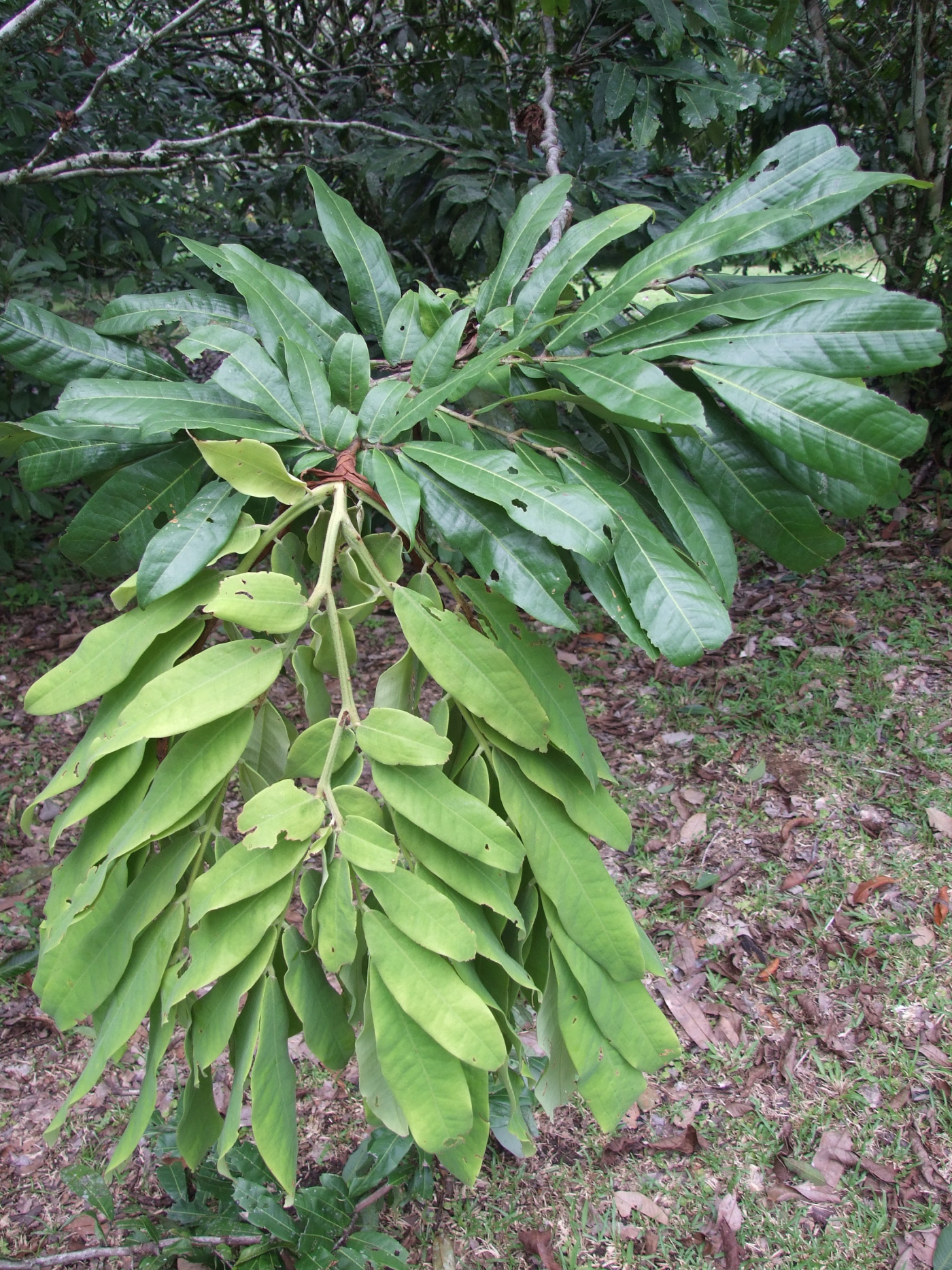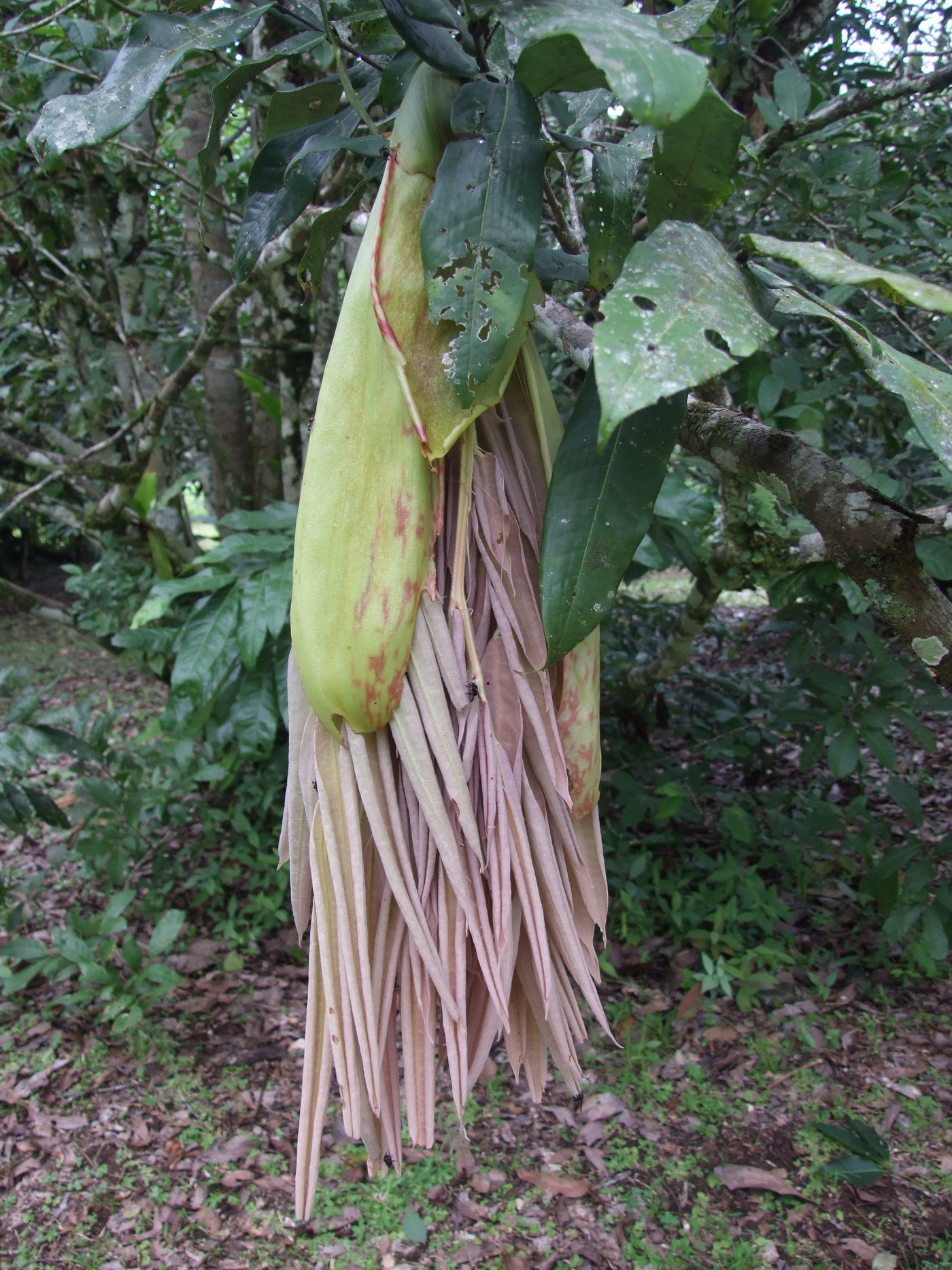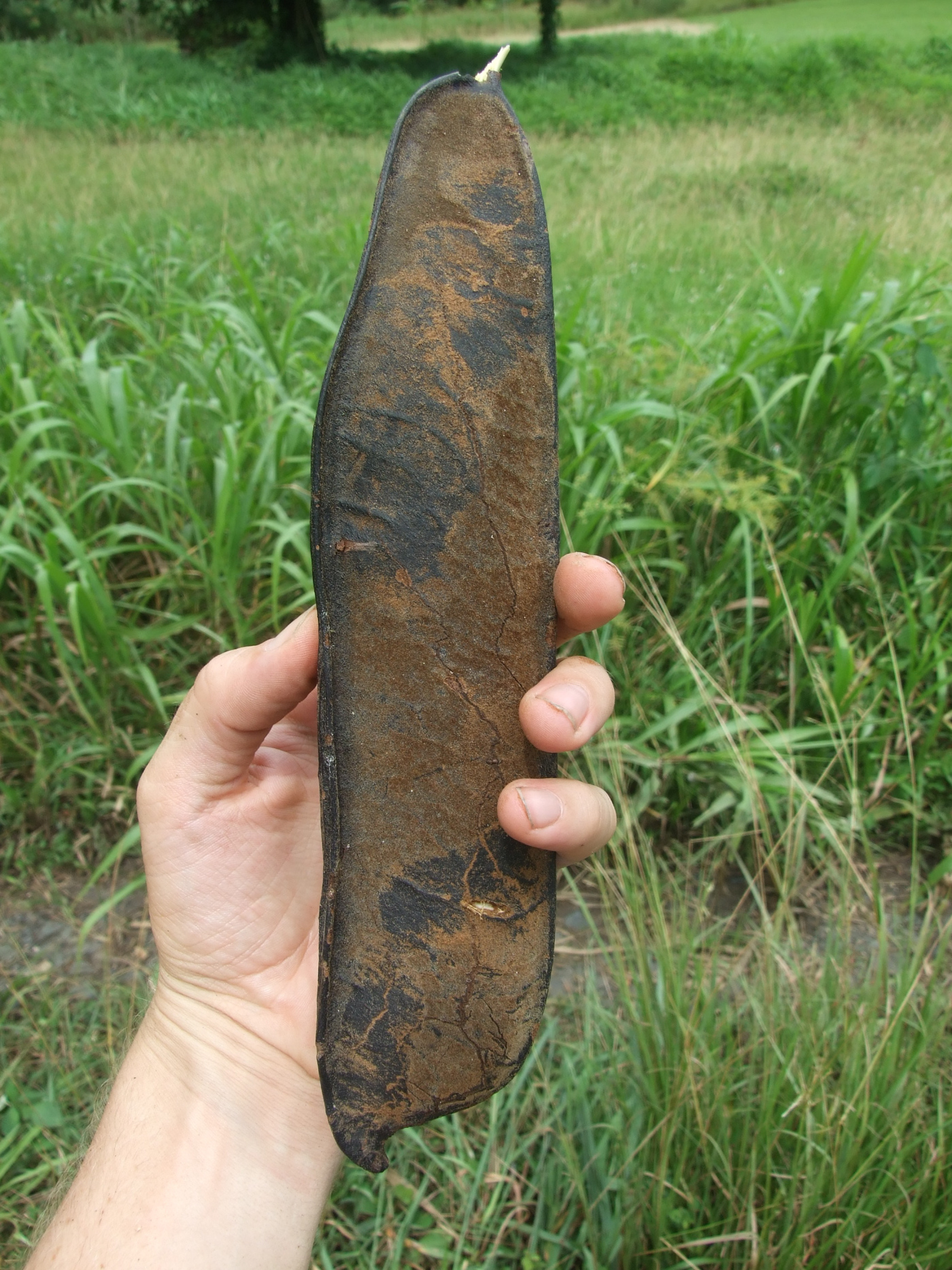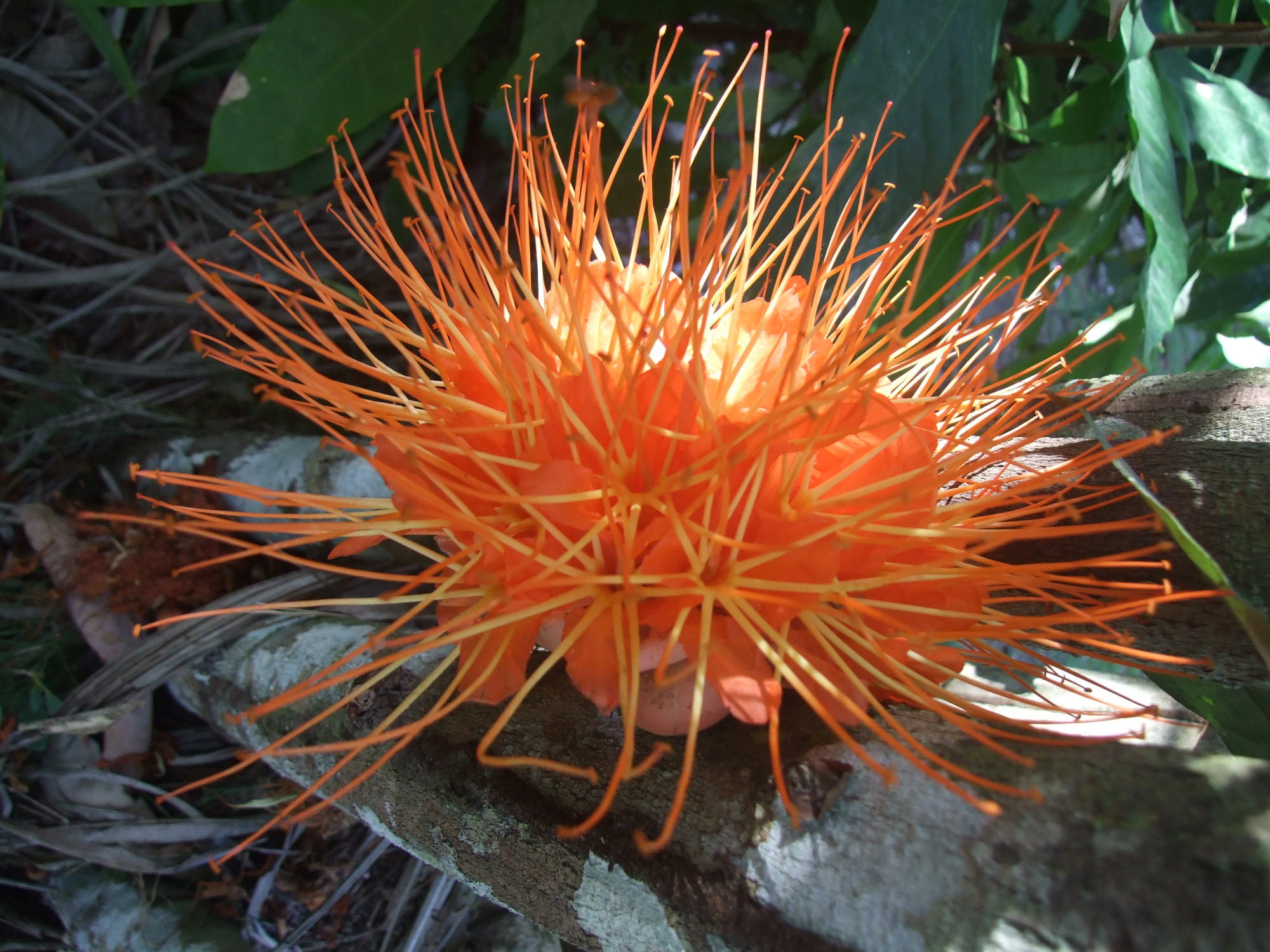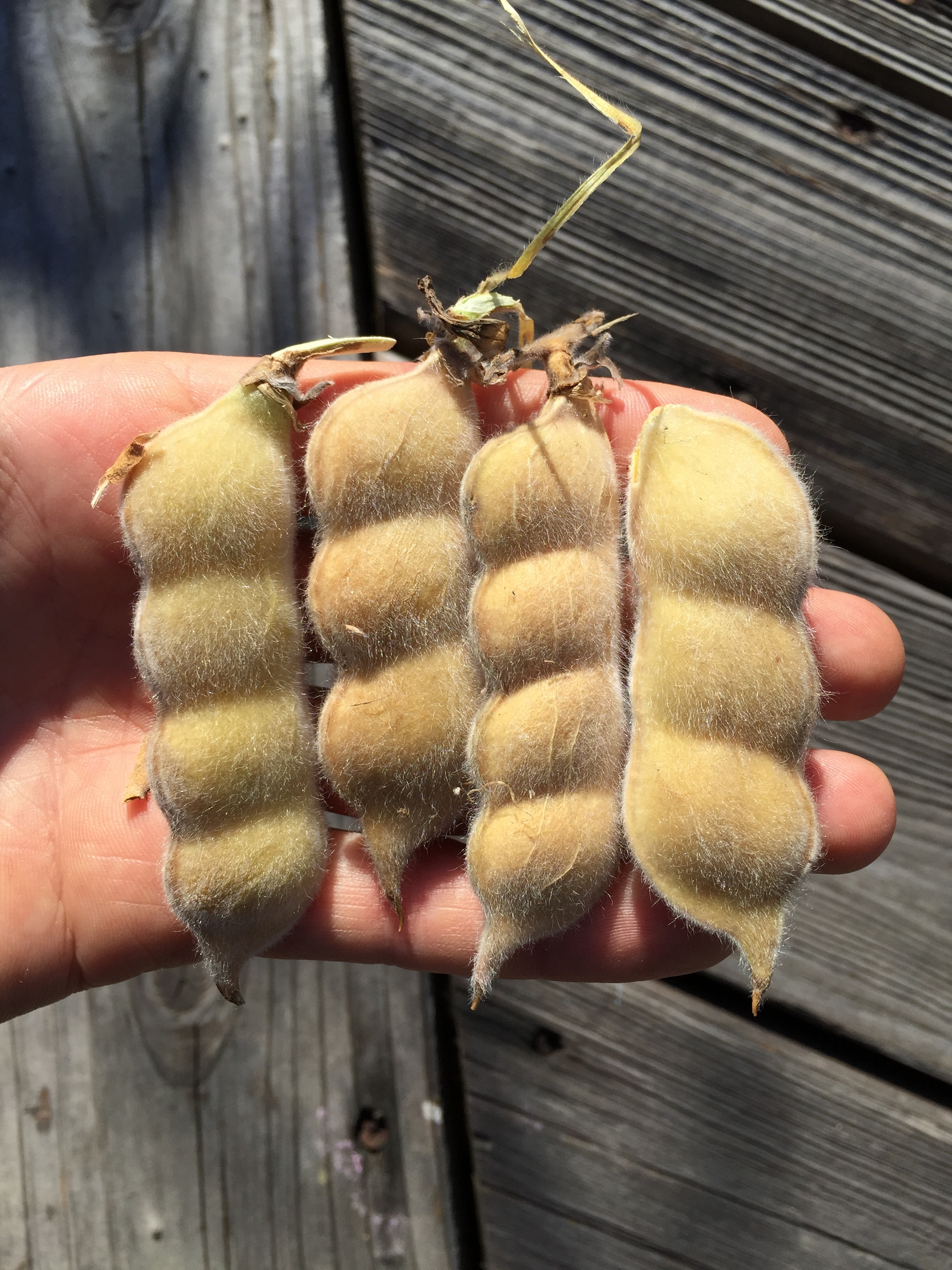ORIGIN AND DISTRIBUTION
Averrhoa bilimbi ripe fruit.
The Bilimbi originated in Indonesia and is now dispersed throughout the tropics although still not very common.
USES AND ETHNOBOTANY
In the Philippines, where it is commonly found in backyards, the fruits are eaten either raw or dipped in rock salt. It can be either curried or added as a souring agent for common Filipino dishes such as sinigang and paksiw. The uncooked bilimbi is prepared as relish and served with rice and beans in Costa Rica. In the Far East, where the tree originated, it is sometimes added to curry. Bilimbi juice (with a pH of about 4.47) is made into a cooling beverage. In Indonesia, it is added to some dishes, substituting for tamarind or tomato.
Additionally, the fruit can be preserved by pickling, which reduces its acidity. The flowers are also sometimes preserved in sugar.
Leaves of young Bilimbi seedling.
In another part of Indonesia, Aceh, it is preserved by sun-drying. The sun-dried bilimbi is called asam sunti. Bilimbi and asam sunti are popular in Acehnese cuisine. It can replace mango in making chutney. In Malaysia, it also is made into a rather sweet jam.
In Kerala and Bhatkal, India, it is used for making pickles and to make fish curry, especially with Sardines, while around Karnataka, Maharashtra and Goa the fruit is commonly eaten raw with salt and spice. In Guyana, it is made into achars/pickles too.
In Seychelles, it is often used as an ingredient to give a tangy flavor to many Seychellois creole dishes, especially fish dishes. It is often used in grilled fish and also (almost always) in a shark meat dish, called satini reken. It is also used to make a delicious sauce for grilled ,that consists of chopped onion, chopped tomato ,chopped chili and cooked on low heat. It is a must in our local white fish broth " bouyon blan" When in season we also curred them with salt to be used when it is not available. (Source)
For most people, the Bilimbi is too acidic to be eaten raw, it is more commonly used in the preparation of marmalades, jellies, cooked with meat and fish, and used to make vinegars and juices. Many medicinal properties are attributed to Bilimbi (for colds, inflammation of the eyes and intestines, among others). The fruit can also be used to clean copper and iron due to its high content of calcium oxalate.
Bilimbi is a good source of vitamin C, calcium, phosphorous and iron.
PROPAGATION AND CULTIVATION
The Bilimbi can be propagated easily from seed. As with Averrhoa carambola (starfruit), and many other tropical species, the seed can benefit from 24 hrs in their lightly fermenting fruit prior to sewing for germination. Bilimbi is less resistant to cold and drought than Starfruit. It is not particular to soil type but it won’t grow well higher than five hundred meters above sea level.
The Bilimbi typically begins to produce after four years of growth and continues to bare fruit year round, although I have gotten fruit from two year old seedling trees.

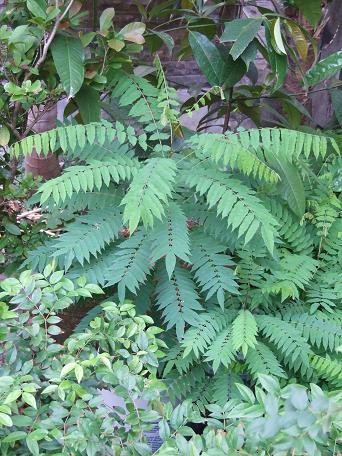

![Francisco Manuel Blanco (O.S.A.) - Flora de Filipinas [...] Gran edicion [...] [Atlas II].[1]](https://images.squarespace-cdn.com/content/v1/5a5f182cbe42d619379891ca/1518250853855-62QMI9ZTBXKVWKR01YCY/Aerva+lanata.png)

